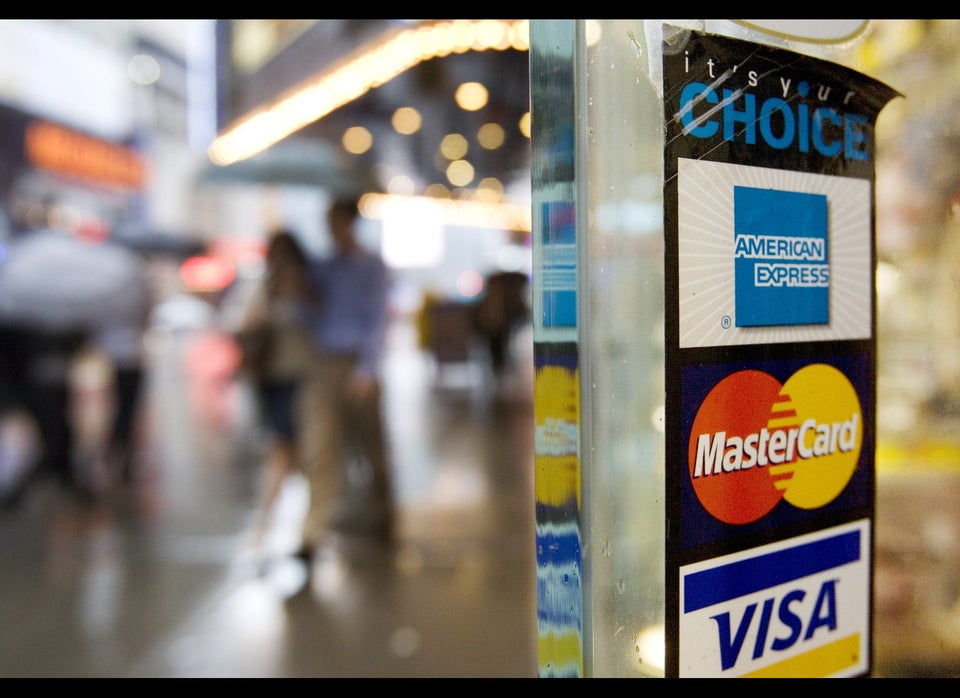You know the old expression "Be careful what you wish for; it may actually come true"? Well, somewhere there are a bunch of early-1980s economists who may now be regretting what they wished for 35 years ago.
The U.S. in the early 1980s was beset by a series of long-term economic problems: soaring oil prices, double-digit inflation, oppressively high interest rates and a weakened dollar.
If an economist with a magic lamp had wished for a reversal of these onerous conditions, what he got might look a lot like today's economy -- and that is exactly the problem. The reversal of those early 1980s conditions seems to have gone too far.
Here are some prominent symptoms of the too-much-of-a-good-thing economy:
- Oil prices are tanking. Oil prices hit a peak in early 1981 after having increased more than four-fold in the prior five years. Fuel economy was starting to replace zero-to-sixty speed as the key stat in U.S. car advertisements. Now, of course, oil prices are heading in the opposite direction, but it has become too much of a good thing. Oil prices have dropped by more than half in less than a year, and that rapid rate of descent threatens to exacerbate global tensions. Meanwhile, another big difference between the early 1980s and now is that the U.S. has become a much bigger oil producer. That would be a good thing, except for now falling prices threaten jobs as well as lenders and investors in some areas.
- Inflation has all but disappeared. Those rising oil prices in the late 1970s and early 1980s were just one of several factors that kept the year-over-year inflation rate above 10 percent for all of 1980 as well as most of 1979 and 1981. As of this past December, the inflation rate had dropped to just 0.7 percent. A 1980s economist would have said "good riddance," but many economists today -- most notably those who sit on the Federal Reserve's Open Market Committee -- are concerned. The fear is that an inflation rate this low is a sign of serious global economic weakness, and if prices drift toward deflation, it will dampen the incentive for consumers to spend.
- Interest rates are low. Thirty-year mortgage rates averaged more than 16 percent in 1981 and 1982, which naturally put a real strain on anyone trying to buy a house. Recently, they have dropped back below 4 percent. This massive decline in interest rates is great if you are a borrower, but not so nice if you are a saver depending on interest income. As an example of how badly income production has dried up, one-year T-bill rates have gone from 14.8 percent in 1981 to 0.12 percent today.
- The dollar is strong. Someone from the early 1980s might have been thrilled to see the dollar regaining some of its former luster, but today the question is whether the dollar is really strong, or other currencies are just weak. In any case, the relative strength of the dollar means the U.S. trade deficit is unlikely to improve anytime soon.
By the way, if you happen to have a magic lamp, be careful how you wish for the above problems to be solved. You don't want to send the U.S. back to 1980.
Also by Richard Barrington:

